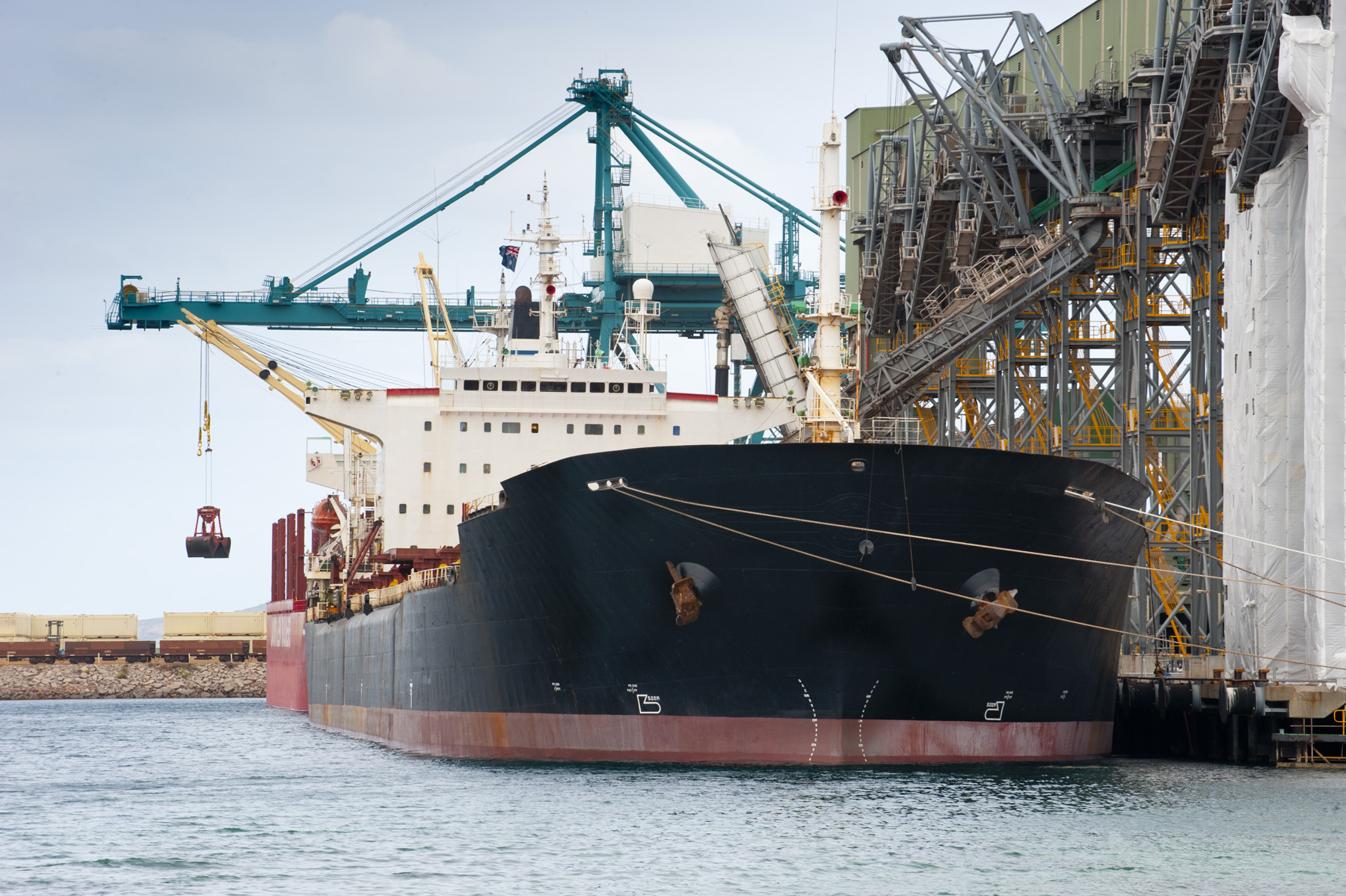Australia’s economy likely maintained its forward momentum in the first quarter, as rebounding consumer spending and a solid housing sector outweighed weak business investment and concerns about inflation.
Gross domestic product is projected to rise at least 0.6% in the January-March period, following a 0.6% increase in the fourth quarter. According to Australia & New Zealand Bank, Australia’s fourth largest bank by market capitalization, growth likely accelerated 0.8% on the quarter, Economic Calendar reported.
Despite a solid growth figure, Australia’s economy continues to face challenges. ANZ described the domestic economy as “soft”, with much of the growth driven by net exports due to an uptick in commodity shipments. ANZ expects net exports to add 1.1 percentage points to quarterly expansion. GDP inputs outside of trade are projected to detract 0.3 percentage point from first quarter growth.
Additionally, wage appreciation is expected to remain modest given softer employment growth. Australia’s labor market added 10,800 new jobs in April, but all of the gains were in part-time work. Full-time employment fell 9,300 in April. The unemployment rate held steady at 5.7%.
Wage growth will be of particular interest to policymakers at the Reserve Bank of Australia, which are tracking below trend inflation. The country’s inflation rate fell to 1.3% in March, the weakest in seven years, the Australian Bureau of Statistics reported on April 27. Less than one month later, the RBA slashed interest rates to a new all-time low of 1.75%.
Inflation Rate
The RBA is prepared to lower rates even further in the coming months should inflation not rebound back toward the central bank’s target of between 2% and 3%.
Weak inflation presents a new challenge for the world’s twelfth largest economy, which has experienced stable consumer price growth for much of its recent history. Taming inflation is an ongoing challenge for policymakers in much of the advanced industrialized world.
Sagging inflation has been largely attributed to weak commodity prices. The three-month rebound in oil prices is expected to help boost consumer prices in Australia and other countries, but won’t help re-inflate core inflation, which strips out volatile goods such as food and energy. Australia’s core inflation rate weakened to 1.55% in the March quarter, the lowest since records began in 1983.
The Australian economy has been aided by a weak local currency, which has made the country’s exports more attractive to the international market. The AUD/USD exchange rate referenced by the global financial system closed at 0.72 on Friday, having declined 5% over the past four weeks. Further declines for the Aussie could be in store as the US dollar re-asserts itself after a dovish first half to the year.
Meanwhile, Australia’s trade deficit is forecast to shrink slightly in April. Exports rose 4% in March, while imports increased 1%.
More Investments Needed
Despite moderate economic growth over the past six years, all the government can forecast is a minuscule surplus of $700 million for the fiscal years ending in June.
If surpluses were impaired, cutting spending is the only way the government could cut taxes, maintain surpluses and deliver on its goal of whittling net crown debt down to 20% of GDP from 25% now. The debt ratio was essentially zero when National Party came to power in 2008.
Yet, the economy needs more investment by the government not less. GDP growth for the current year is forecast at 2.8%.
The real GDP per capita growth will average only 1.3% a year in coming years, compared with 1.8% between 1995 and 2015.
Productivity growth is also disappointing, despite investment by business rising from $31 billion in 2010 to $40 billion in 2015 and a forecast $50 billion in 2020. Multi-factor productivity, which takes into account gains from labor, capital and technology, will average only 0.5% a year to 2020.


